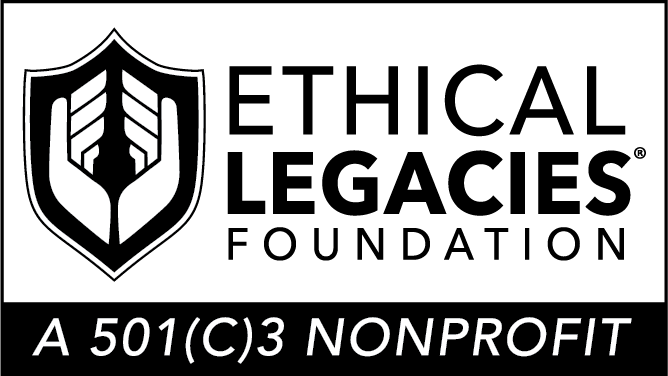
In short, business owners need to focus on transparency.
Transparency is one of those buzzwords that can mean a dozen different things to a dozen different people. Business Dictionary offers this definition: “Lack of hidden agendas and conditions, accompanied by the availability of full information required for collaboration, cooperation, and collective decision making.” And when it comes to family-owned endeavors, including philanthropy, it can mean more than an honest and comprehensive picture of the numbers on a financial report. Identifying total transparency and great communication as “The Top Two Secrets of Successful Family Businesses,” Geoffrey Brown, CPA, writes, “Total transparency means that individuals have the information in their hands that enables them to make informed decisions about themselves, their relationships with the family business, and their relationships with other family members.” As Colorado-based consulting firm Family Business Matters asserts, “The critical issues facing these businesses are more family-based than business-based: issues of values, relationships, and personalities that change over time and require both psychological attention and adjustment.”
Some 70 percent of affluent families experience a significant loss of wealth within three generations, according to a study involving 3,250 families, the consultancy says. Much of that breakdown in wealth transfer (42 percent) can be blamed on what Family Business Matters calls “a collapse in trust and communication in the family. Next on the scale was the failure of parents to adequately prepare their heirs for creating and managing the wealth.”
Reducing the relationships that govern family-run operations to statistics is a challenge, but experts do have solid tips about how to avoid unnecessary drama and the risk to productivity and wealth it usually foreshadows. Ellevate Network, a group that seeks to connect professional women across the globe—nearly 60 percent of family-owned businesses have women in top management team positions, according to one estimate—reminds business leaders that one of the core parts of transparency is to avoid relying on guesses. “Don’t assume children will carry on the family business. Preparing for the next generation of a family business is an entire topic in itself, but if a family business is involved, it is even more important to create an open line of communication early. This is the key to preventing misunderstandings based on assumptions. It’s better to know the children’s interest or intentions up front to avoid placing them under pressure to take on a role they do not want or are unprepared to fill.”
That does not mean transparency should automatically lead to full disclosures of information, however. A 2017 blog post from The Russell Family Foundation and shared by the National Center for Family Philanthropy asserts that transparency often has a transactional nature. “Transparency is a powerful force when used appropriately. The trick is deciding what is ‘appropriate’ across a wide range of contacts and interactions,” write the authors, Richard Russell and Richard Woo. “The main benefit, of course, is trust—the foundation of any relationship. Over time, transparency builds trust because it’s how we reveal ourselves and our intentions. We expose certain facts about ourselves, and signal our willingness to be exposed and evaluated. We listen and are listened to.”
So what does that mean to a family business or philanthropy? For starters, it means being strategic and pragmatic about the information one shares, according to the blog. “For example, consider a family foundation that is willing to experiment with new programs that traditional governmental funding agencies would see as too controversial or risky,” the authors write. “They are better positioned to support innovation given that they are less subject to public scrutiny.”
Clear lines of communications, along with clear goals, all go into the process of transparency. Following those guides can help ensure the health of a family business or philanthropy for the generations to come.
 Did you enjoy this content?
Did you enjoy this content?
If so, sign up below to be the first to receive new articles, updates and news from Ethical Legacies.

 Did you enjoy this content?
Did you enjoy this content?
